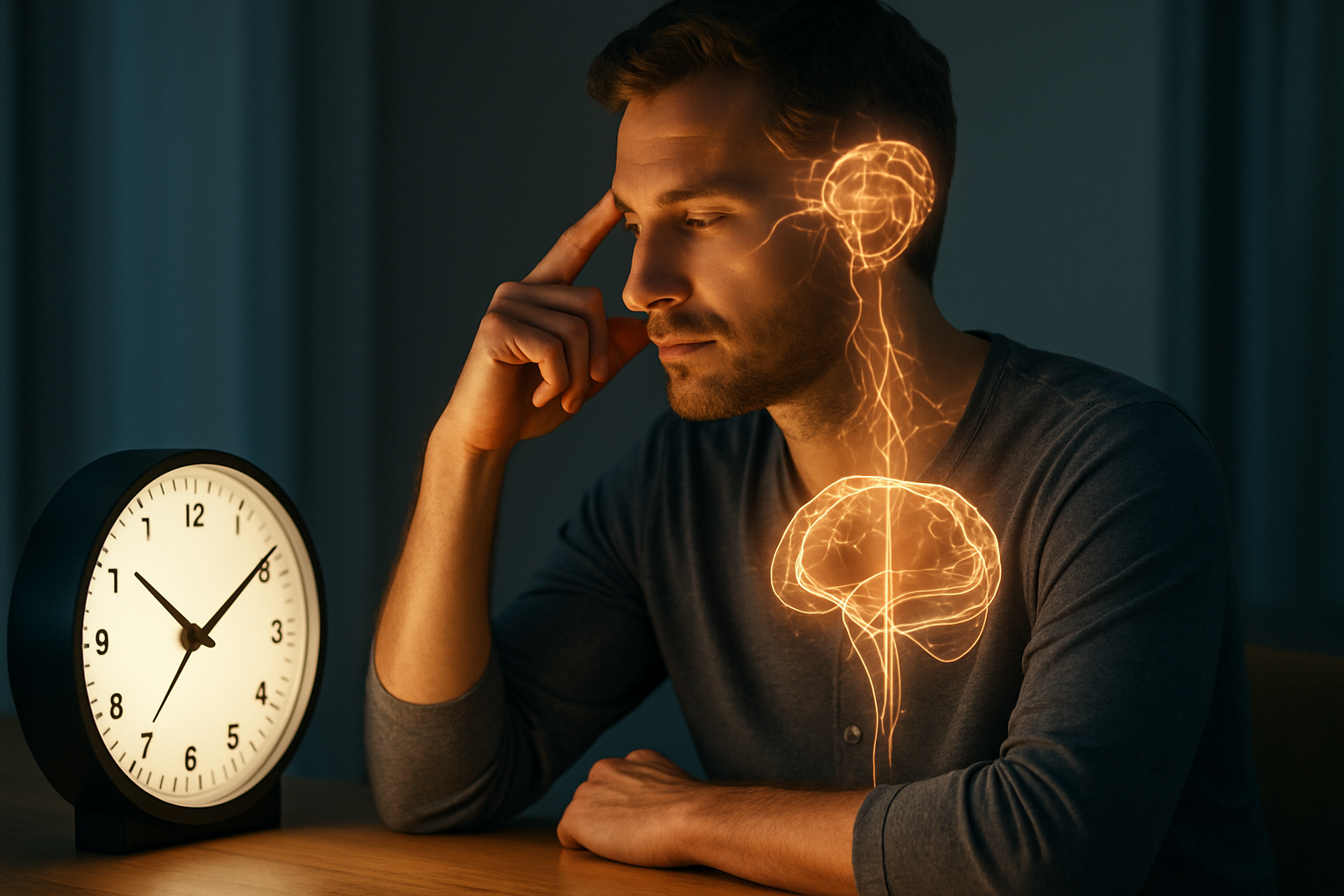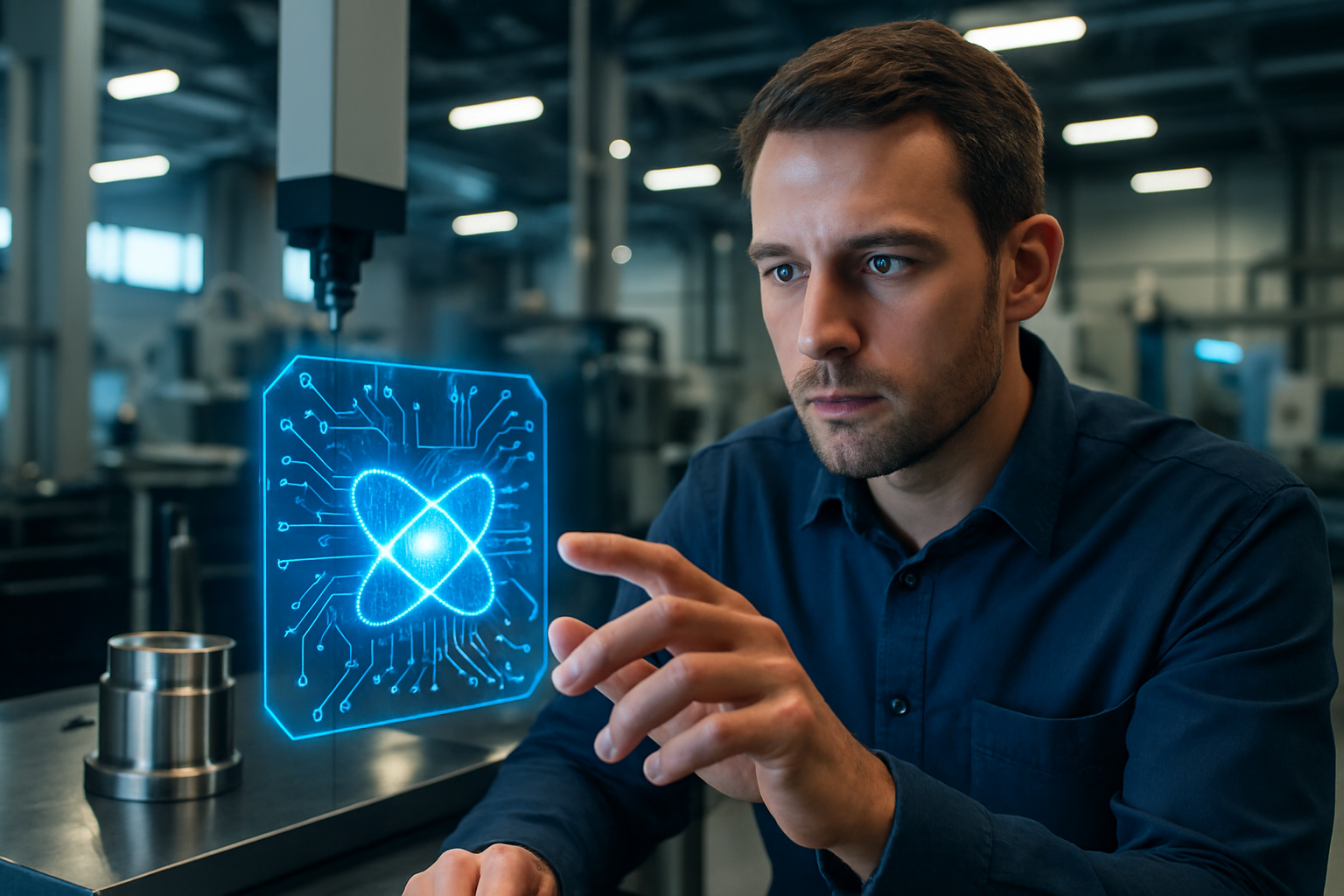Bioelectric Medicine: The Future of Non-Invasive Healing
Imagine a world where chronic pain vanishes without medication, where wounds heal faster, and where neurological disorders are managed through gentle electrical pulses. This isn't science fiction—it's the emerging field of bioelectric medicine. But what exactly is this groundbreaking approach, and how might it revolutionize healthcare as we know it?

The Science Behind Bioelectric Medicine
At its core, bioelectric medicine is based on the understanding that our bodies are not just chemical systems, but also electrical ones. Every cell in our body maintains an electrical charge, and the communication between cells often occurs through electrical signals. This electrical activity plays a crucial role in numerous physiological processes, from heartbeats to neural transmissions.
Bioelectric medicine aims to harness and modulate these natural electrical signals to promote healing and alleviate symptoms. By applying precise electrical stimuli to specific nerves or tissues, practitioners can influence cellular behavior, reduce inflammation, and even regenerate damaged tissues.
Historical Context and Recent Breakthroughs
While the concept of using electricity for healing dates back to ancient times, modern bioelectric medicine has its roots in the mid-20th century. The development of cardiac pacemakers in the 1950s marked a significant milestone, demonstrating the potential of electrical stimulation in medical treatment.
Recent years have seen exponential growth in this field, driven by advancements in neuroscience, bioengineering, and nanotechnology. Researchers have made significant strides in understanding the body’s bioelectric code, paving the way for more targeted and effective treatments.
Applications and Potential Benefits
The applications of bioelectric medicine are vast and growing. Current research and clinical trials are exploring its potential in treating a wide range of conditions, including:
-
Chronic pain management
-
Neurological disorders such as Parkinson’s and epilepsy
-
Inflammatory conditions like rheumatoid arthritis
-
Wound healing and tissue regeneration
-
Cardiovascular diseases
-
Mental health disorders
One of the most promising aspects of bioelectric medicine is its potential to offer alternatives to long-term medication use, particularly in pain management. By directly modulating nerve signals, bioelectric treatments could provide relief without the side effects and addiction risks associated with opioids and other pain medications.
Challenges and Future Directions
Despite its potential, bioelectric medicine faces several challenges. Developing precise, targeted treatments requires a deep understanding of the body’s complex bioelectric systems. Additionally, creating miniaturized, long-lasting devices for chronic conditions poses significant engineering challenges.
However, ongoing research and technological advancements are rapidly addressing these issues. The integration of artificial intelligence and machine learning is enabling more personalized and adaptive treatments. Meanwhile, innovations in materials science are leading to the development of biocompatible, flexible electronics that can interface seamlessly with the body.
Fascinating Facts About Bioelectric Medicine
-
The human body generates enough electricity to power a small LED light bulb
-
Bioelectric signals play a crucial role in embryonic development, guiding the formation of organs and limbs
-
Some animals, like electric eels, have evolved to use bioelectricity as a weapon and navigation tool
-
Researchers have successfully used bioelectric stimulation to regenerate limbs in animals like frogs
-
The field of bioelectric medicine intersects with optogenetics, using light to control genetically modified cells
As we stand on the brink of a new era in medicine, bioelectric therapies offer a glimpse into a future where healing is more targeted, less invasive, and in harmony with the body’s natural processes. While challenges remain, the potential of bioelectric medicine to transform healthcare is undeniable. By tapping into the body’s innate electrical language, we may soon have powerful new tools to combat disease, alleviate suffering, and enhance overall well-being.





